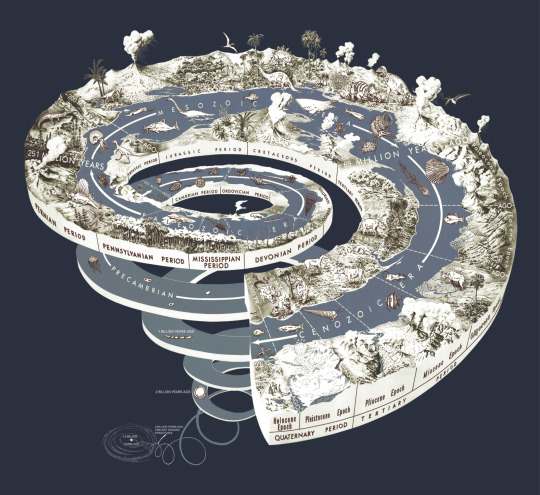By Chase D. Mendenhall

President Trump has 53,800,000 followers on Twitter. The popular song Despacito has 5,400,000,000 views on YouTube. And, the computer giant, Apple, is worth nearly $1,000,000,000,000.
Millions, billions, and trillions are numbers we hear and see regularly nowadays, but the value of these giant numbers can get lost in all the zeros.
Comprehending these values is key to understanding natural history, but there are a couple tricks to put things into perspective.
For example, the earliest undisputed evidence of life, fossilized bits of Archean bacteria, are about 3.5-billion years old. To wrap your brain around this giant number, it is helpful to convert these large numbers into a human experience, say, an average human lifespan in the USA. Today, people can expect to live to be about 78-years old, or about 2.5 billion seconds. In other words, if you wanted to live for 3.5 billion seconds, you would be 110 years.
When biologists like me throw around numbers, like, “for 150 million years birds have been flying,” it is helpful to think of 150 million seconds as almost 5 years.
Chase Mendenhall is Assistant Curator of Birds, Ecology, and Conservation at Carnegie Museum of Natural History. Museum employees are encouraged to blog about their unique experiences and knowledge gained from working at the museum.
